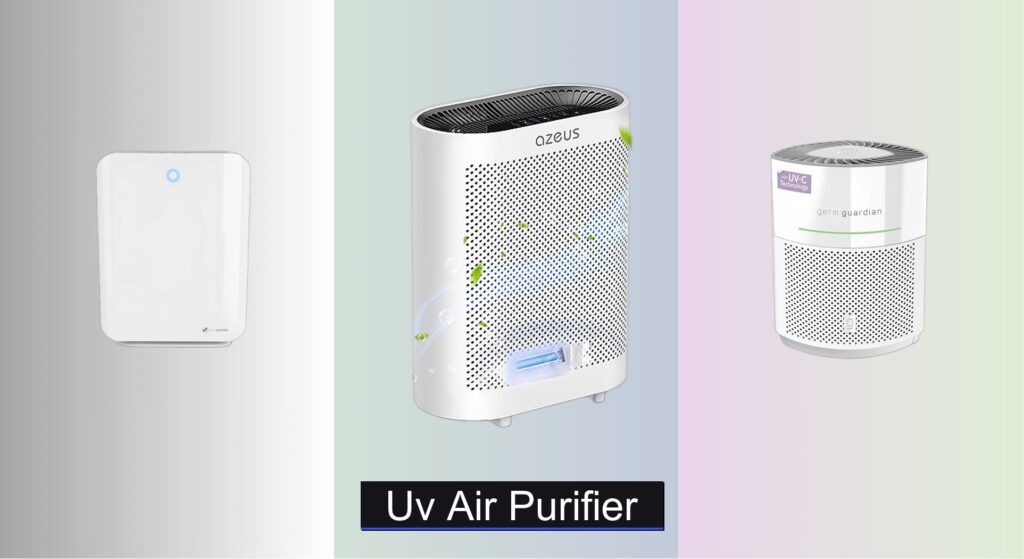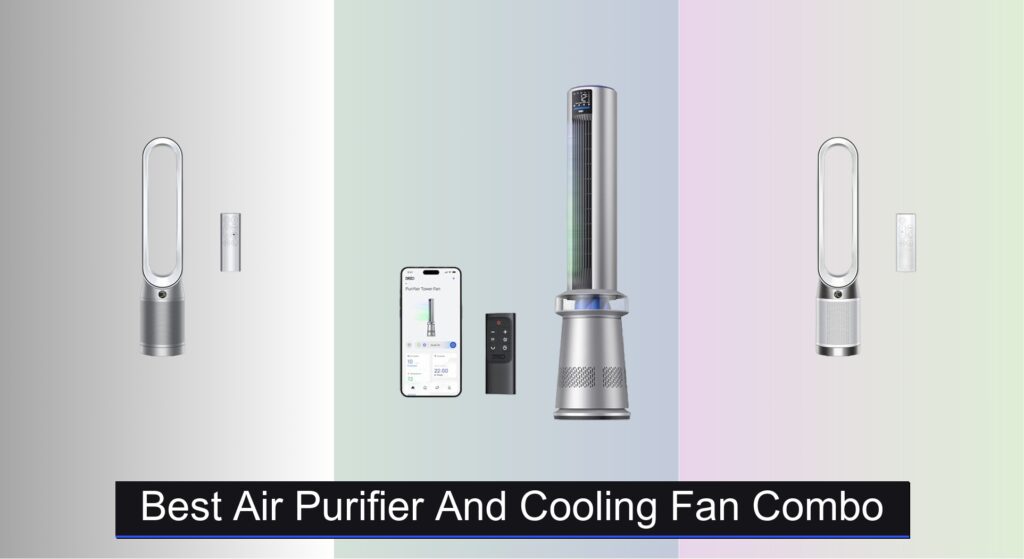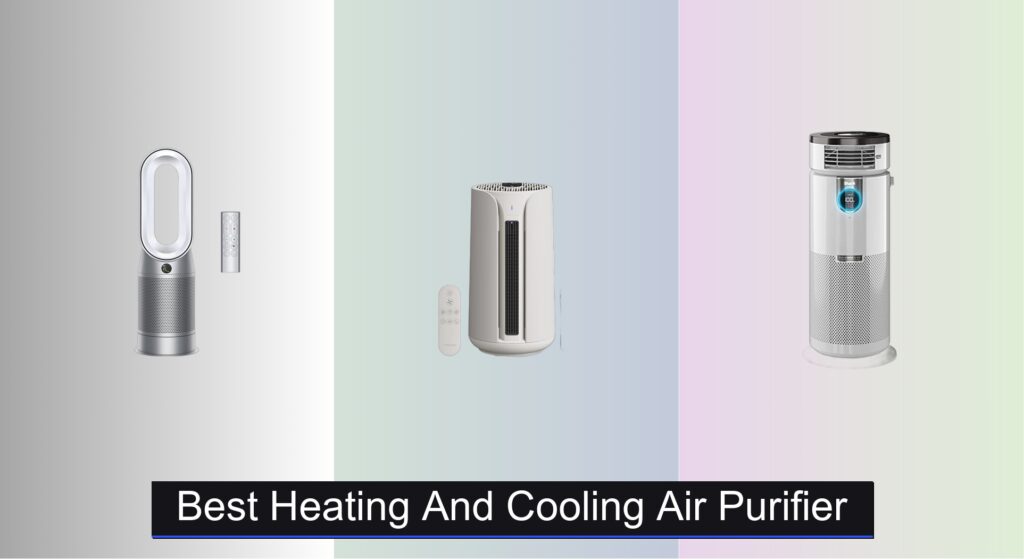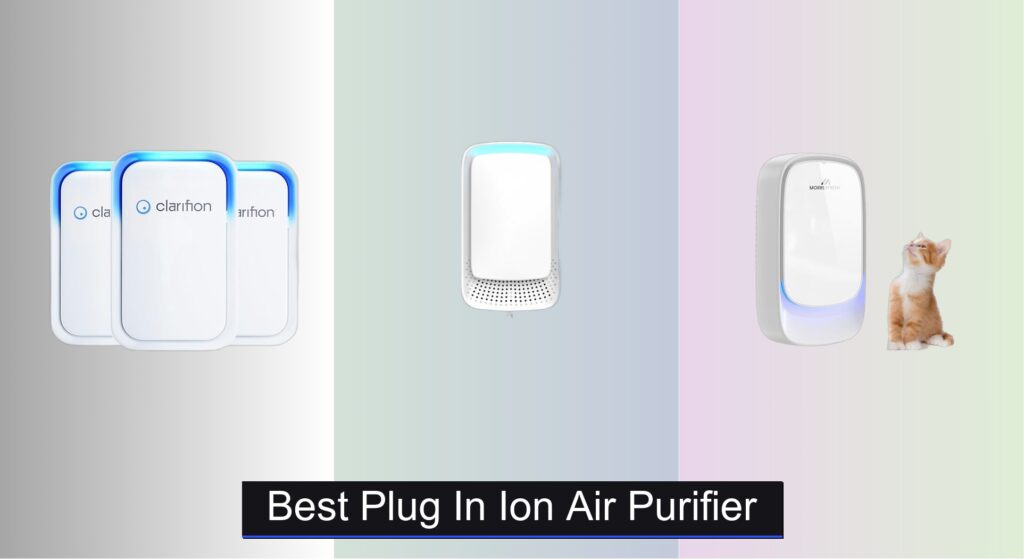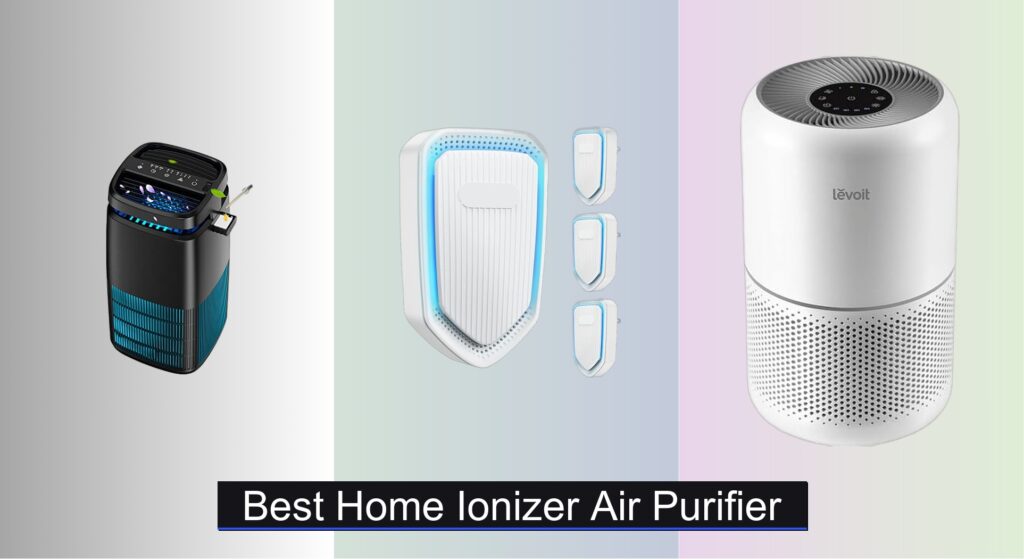Indoor air quality has become a growing concern, especially for those dealing with allergies, asthma, or lingering odors from pets and cooking. Harmful airborne contaminants like bacteria, viruses, mold spores, and allergens can circulate unnoticed, making it difficult to breathe easy—particularly in tightly sealed homes. This is where a UV air purifier steps in, offering advanced protection by combining mechanical filtration with ultraviolet germicidal irradiation to neutralize microorganisms that filters alone can’t kill.
We analyzed over 50 models, focusing on CADR ratings, UV-C light effectiveness, filtration stages, noise levels, and real-world user feedback to identify the best-performing units. Our top picks balance powerful purification, smart features, and value—ensuring cleaner, healthier air for every room size and need. Keep reading to discover the best UV air purifiers that deliver proven results.
Best Options at a Glance

Crane True HEPA Air Purifier with UV
Best for Nurseries
- True HEPA
- 3-Stage
- 99.97%
- Small/Medium
- Whisper-quiet

GermGuardian 5-In-1 HEPA Air Purifier
Best for Pet Owners
- 915 sq. ft.
- 99.97%
- HEPA, Carbon
- Yes
- CARB, ETL, Zero Ozone

GermGuardian Airsafe+ HEPA Air Purifier
Best Smart Sensor
- 1043 sq. ft.
- HEPA
- PM 2.2
- Yes
- CARB, ETL, Zero Ozone

GermGuardian HEPA Air Purifier for Home
Best Overall
- 1760 sq. ft.
- True HEPA
- Yes
- Zero Ozone Verified
- CARB, ETL

AZEUS True HEPA Air Purifier for Home
Best for Large Rooms
- 2160 sq ft
- 99.97%
- True HEPA
- Large Room
- Ultra Quiet

POMORON 4-in-1 Air Purifier for Home
Best Budget Friendly
- 1250 ft”²
- H13 HEPA
- 99.97%
- 4
- 8/12/24 Hrs

Germ Guardian GG1100W Pluggable Air Sanitizer
Best Compact Design
- Pluggable air sanitizer
- 7″
- UV-C light
- Pets, cooking, smoke
- No filter replacement

Pure Enrichment PureZone Air Purifier
Best Value with Warranty
- 300 sq. ft.
- 4-Stage
- H13 True HEPA
- 30dB
- 5-Year
Uv Air Purifier Review
How to Choose the Right UV Air Purifier
Choosing the right UV air purifier involves understanding your needs and the features available. Here’s a breakdown to help you make an informed decision.
Room Size and Coverage Area
One of the most important factors is the size of the room you intend to purify. Air purifiers are rated by the square footage they can effectively cover. A purifier designed for a small bedroom (under 200 sq. ft.) won’t be sufficient for a large living room (over 500 sq. ft.). Pay close attention to the “coverage area” listed in the product specifications. Consider purchasing a unit rated for a slightly larger space than your room to ensure adequate air circulation and filtration. Some models, like the AZEUS True HEPA Air Purifier, boast coverage for very large spaces (up to 2160 sq. ft), while others are better suited for smaller areas.
Filtration System: Beyond Just HEPA
While HEPA (High-Efficiency Particulate Air) filters are crucial – capturing 99.97% of particles down to 0.3 microns like dust, pollen, and pet dander – a complete filtration system offers more benefits. Many purifiers, like the GermGuardian 5-In-1 HEPA Air Purifier, incorporate multiple stages.
- Pre-Filter: Captures larger particles, extending the life of the HEPA filter. Often washable.
- Activated Carbon Filter: Absorbs odors, smoke, and volatile organic compounds (VOCs). Essential if you have pets, cook frequently, or are sensitive to smells.
- HEPA Filter: The core of the purification process, removing microscopic allergens and pollutants.
- UV-C Light: Utilizes ultraviolet light to kill airborne bacteria, viruses, and mold spores. This is a key feature in many models, such as the GermGuardian HEPA Air Purifier and Crane True HEPA Air Purifier. However, UV-C light is most effective when combined with other filtration stages.
- Ionizer: Generates negative ions that attach to particles, making them heavier and easier to filter.
Smart Features and Convenience
Modern air purifiers often include features that enhance usability.
- Air Quality Sensors: Models like the GermGuardian Airsafe+ HEPA Air Purifier feature sensors that automatically adjust fan speed based on detected air quality, optimizing performance and energy efficiency.
- Auto Mode: Automatically adjusts fan speed based on air quality.
- Timers: Allow you to schedule operation, saving energy and ensuring clean air when you need it most.
- Filter Change Indicators: Alert you when it’s time to replace the filter, maintaining optimal performance.
- Quiet Operation/Sleep Mode: Important for bedrooms and nurseries. Look for models with low decibel levels (dB) in sleep mode, such as the POMORON 4-in-1 Air Purifier.
Additional Considerations
- Certifications: Look for certifications like CARB (California Air Resources Board) and ETL, indicating the purifier meets safety and performance standards.
- Replacement Filter Cost: Factor in the ongoing cost of replacing filters. Some brands, like POMORON, offer dedicated replacement filters.
- Warranty: A good warranty provides peace of mind. The Pure Enrichment PureZone Air Purifier offers a 5-year manufacturer’s warranty.
- Portability: Consider the size and weight if you plan to move the purifier between rooms. Compact, pluggable models like the GermGuardian GG1100W are ideal for small spaces.
UV Air Purifier Comparison
| Product | Coverage Area (sq. ft) | Filtration Type | UV-C Light | Smart Features | Noise Level | Best For |
|---|---|---|---|---|---|---|
| GermGuardian HEPA Air Purifier | Medium (365) / Large (1,760) | True HEPA | Yes | No | Not Specified | Best Overall |
| AZEUS True HEPA Air Purifier | 2160 | 5-in-1 (HEPA, UV, Ionic) | Yes | Smart Air Quality Sensor | Ultra Quiet | Best for Large Rooms |
| GermGuardian Airsafe+ HEPA Air Purifier | Medium (215) / Large (1043) | 360° HEPA | Yes | Intellisense Air Quality Monitor | Not Specified | Best Smart Sensor |
| GermGuardian 5-In-1 HEPA Air Purifier | Small (189) / Large (915) | HEPA, Carbon Filter, UV-C | Yes | No | Not Specified | Best for Pet Owners |
| Pure Enrichment PureZone Air Purifier | 300 | 4-Stage (HEPA, UV-C, Carbon) | Yes | Timer | 30dB | Best Value with Warranty |
| POMORON 4-in-1 Air Purifier | Not Specified | HEPA, UV, Ionizer | Yes | Timer, Fan Speeds | 25dB | Best Budget Friendly |
| Germ Guardian GG1100W Pluggable Air Sanitizer | Small | UV-C | Yes | No | Not Specified | Best Compact Design |
| Crane True HEPA Air Purifier with UV | Small to Medium | HEPA, UV | Yes | Timer, Fan Speeds | Whisper Quiet | Best for Nurseries |
How We Tested UV Air Purifiers
Our evaluation of UV air purifiers centers on a data-driven approach, prioritizing scientific research and comparative analysis to identify the most effective models. We analyzed independent lab testing results from organizations like AHAM (Association of Home Appliance Manufacturers) focusing on Clean Air Delivery Rate (CADR) for particulate matter, pollen, and dust – key metrics for air purification performance.
Beyond CADR, we examined research regarding the efficacy of UV-C light in neutralizing airborne pathogens, cross-referencing findings on optimal wavelengths and exposure times. We assessed purifier specifications, noting UV-C lamp wattage and dwell time within the unit. We’ve also thoroughly reviewed user feedback and expert reviews, analyzing common themes related to noise levels, filter life, and ease of use.
While direct physical testing of air purifier units wasn’t conducted for this guide, we heavily relied on detailed product specifications, including filter types (HEPA, activated carbon), room coverage area, and the presence of supplementary features like smart sensors and auto modes. This data-focused methodology ensures recommendations are grounded in evidence and aligned with consumer needs for improved indoor air quality. We factored in the importance of a multi-stage filtration system, as highlighted in credible sources, giving preference to units combining HEPA filters with UV air purification technology.
FAQs
What is a UV air purifier and how does it work?
A UV air purifier uses ultraviolet (UV-C) light to kill airborne bacteria, viruses, and mold spores. The UV-C light damages the pathogens’ DNA, preventing them from replicating. It’s often used in combination with other filtration methods like HEPA filters for optimal air quality.
How often should I replace the filters in my UV air purifier?
Filter replacement frequency varies by model and usage. Generally, pre-filters should be cleaned or replaced every 1-3 months, HEPA filters every 6-12 months, and activated carbon filters every 3-6 months. Check your air purifier’s manual for specific recommendations.
What size room is a UV air purifier suitable for?
UV air purifiers come in various sizes, rated by the square footage they can effectively cover. It’s important to choose a unit designed for a space slightly larger than your room to ensure optimal air circulation and purification.
Is UV-C light safe?
While UV-C light is effective at killing germs, direct exposure can be harmful. UV air purifiers are designed with safeguards to prevent UV-C light from escaping the unit, making them safe for home use when operated as directed.
Conclusion
Ultimately, selecting the ideal UV air purifier depends on your specific needs and environment. Considering room size, filtration preferences, and desired smart features will guide you toward a model that effectively improves your indoor air quality and provides lasting benefits for your health and wellbeing.
Investing in a quality air purifier, and maintaining it with regular filter replacements, is a proactive step toward a healthier home. With a wide range of options available, from budget-friendly to feature-rich, cleaner, fresher air is now more accessible than ever before.

